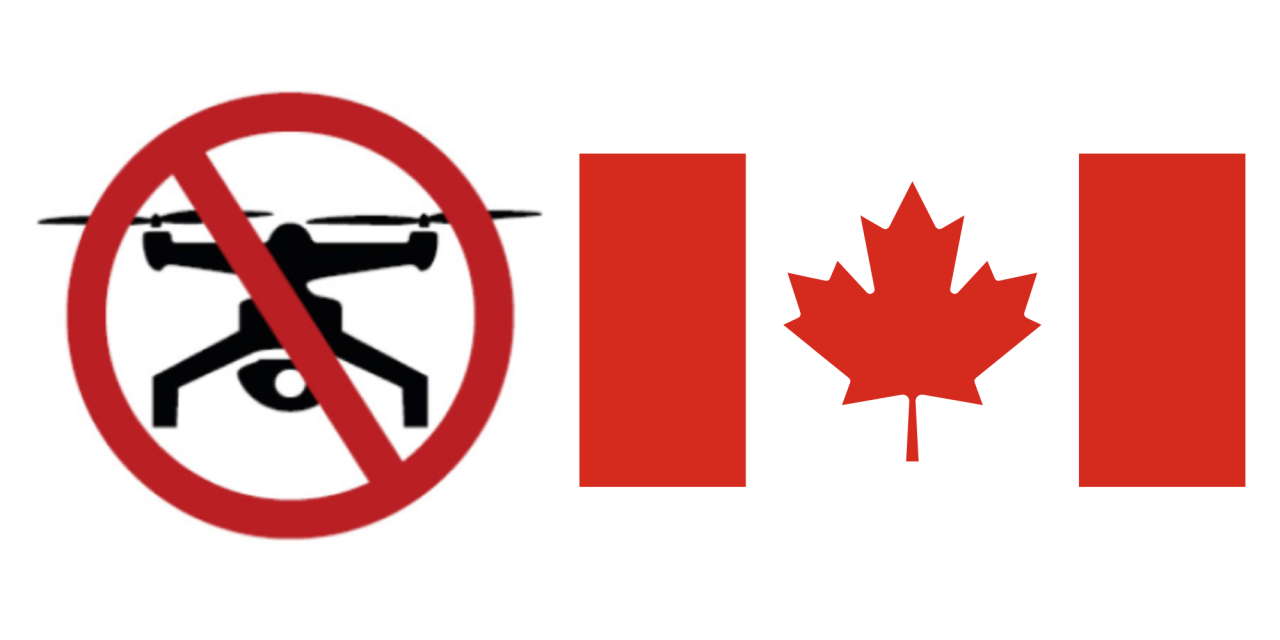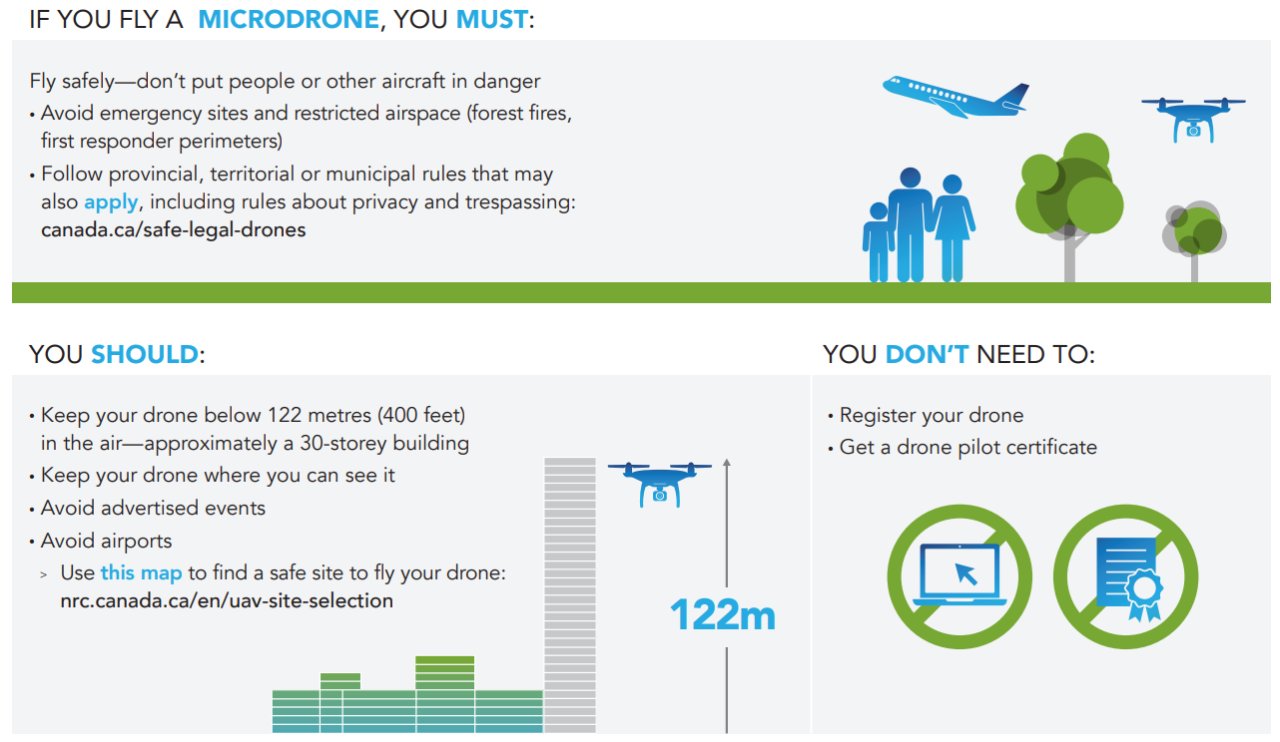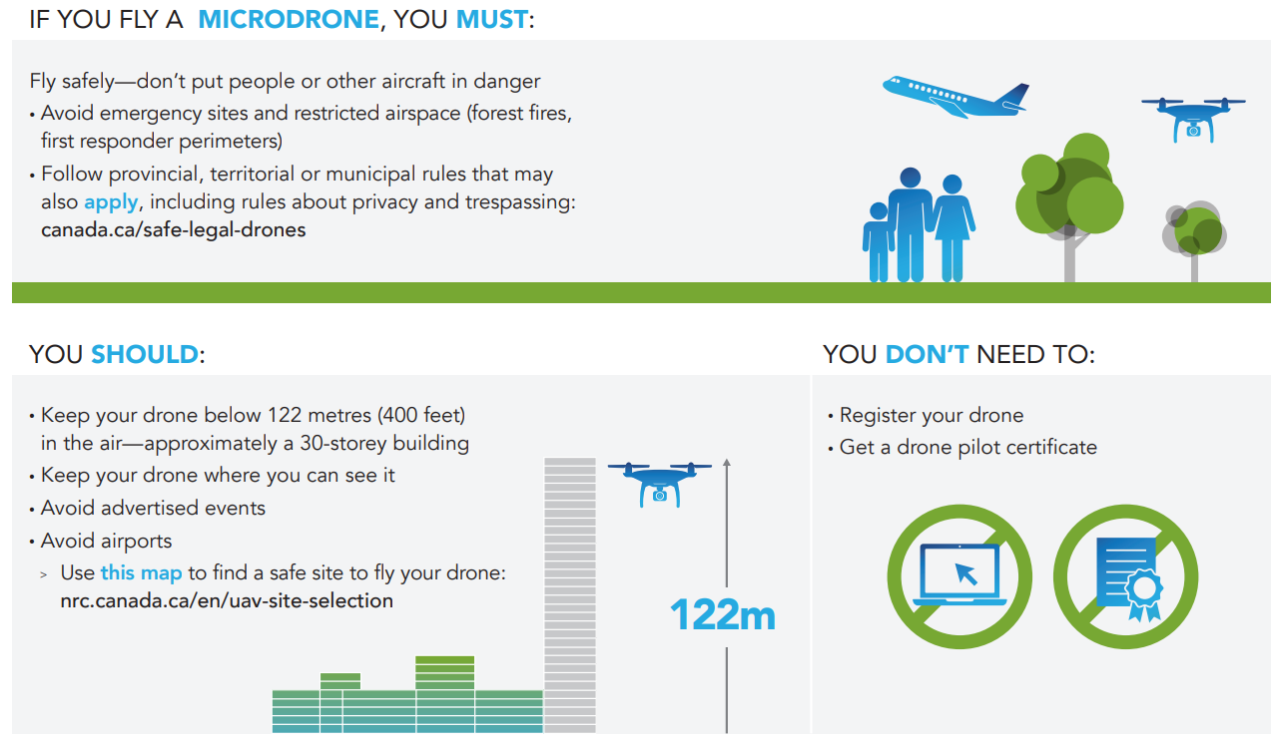New drone rules Canada are changing the game for recreational and commercial drone pilots alike. These updated regulations aim to improve safety and responsible drone operation across the country, addressing concerns about airspace security and public safety. This guide breaks down the key changes, helping you understand what’s new and how it affects you.
From registration and licensing requirements to operational restrictions and penalties for non-compliance, we’ll cover everything you need to know to fly legally and safely in Canadian airspace. We’ll also look at the impact on different user groups and explore the role of technology in shaping future drone regulations. Get ready to take flight – responsibly!
New Drone Regulations in Canada: A Comprehensive Guide
Navigating Canada’s updated drone regulations can feel like flying through a maze. This guide aims to simplify the process, providing a clear understanding of the new rules and how they affect various drone users. We’ll cover registration, operational restrictions, safety guidelines, penalties, and the future of drone technology in Canada.
Overview of New Drone Regulations in Canada

The updated drone regulations in Canada aim to enhance safety and responsible drone operation while fostering innovation in the drone industry. Key changes reflect advancements in drone technology and the increasing prevalence of drone use across various sectors. The new rules categorize drones based on weight and intended use, creating a more structured regulatory framework. This affects virtually all drone operators, from recreational flyers to commercial businesses.
Drone Registration and Licensing Requirements
Registering your drone and obtaining the appropriate license is mandatory in Canada. The registration process involves providing details about your drone and yourself to Transport Canada. Licenses are categorized based on drone weight and intended use – recreational or commercial. Commercial drone operations require more stringent licensing and training than recreational use.
| License Type | Drone Weight | Requirements | Fees (Approximate) |
|---|---|---|---|
| Basic Operational Knowledge (BOK) | < 25 kg | Online knowledge test | $30 |
| Advanced Operational Knowledge (AOK) | < 25 kg | Advanced training & exam | $150 |
| Commercial Pilot License | All weights | Extensive flight training & medical exam | Varies |
| Special Flight Operations Certificate (SFOC) | All weights | For complex operations; varies based on operation | Varies |
Operational Restrictions and Flight Limitations

Several restrictions govern drone operation in Canada. These are in place to protect people and property, and ensure safe airspace. These restrictions include designated no-fly zones near airports, critical infrastructure, and populated areas. Altitude and distance limitations also apply, varying based on drone class and license type.
- No-fly zones near airports and sensitive infrastructure.
- Maximum altitude restrictions (generally under 400 feet).
- Distance limitations from the operator (maintaining visual line of sight).
- Prohibition of flight over people or property without consent.
Safety Guidelines and Best Practices
Safe drone operation requires diligent adherence to safety guidelines. Maintaining visual line of sight is crucial, ensuring you always know your drone’s location and can react to unexpected situations. Pre-flight checks are essential to identify potential issues before takeoff. Knowing how to handle emergencies and malfunctions is vital for safe operation.
- Always maintain visual line of sight.
- Conduct a thorough pre-flight inspection (battery levels, GPS signal, etc.).
- Never fly near airports or restricted airspace.
- Be aware of weather conditions and avoid flying in adverse weather.
- Have a plan for handling emergencies (battery failure, loss of signal).
Penalties for Non-Compliance
Violating drone regulations in Canada can result in significant penalties. These penalties vary based on the severity of the violation and whether it involves recreational or commercial use. Incidents and accidents are investigated, and appropriate actions are taken based on the findings.
| Violation Type | Severity | Penalty (Approximate) |
|---|---|---|
| Operating without registration | Minor | $250 – $1000 |
| Flying in restricted airspace | Major | $1000 – $10,000 |
| Causing damage or injury | Severe | $10,000+ and potential criminal charges |
Impact on Different Drone User Groups

The new regulations affect various drone user groups differently. Recreational users face simpler registration and licensing requirements compared to commercial operators. Commercial operators, researchers, and scientists face more stringent rules and licensing processes, reflecting the higher risks associated with their operations. Each group needs to adapt to the new rules to ensure compliance.
Technological Advancements and Future Regulations, New drone rules canada
Technology plays a significant role in improving drone safety and compliance. Features like automatic obstacle avoidance, geofencing, and remote identification technologies are enhancing safety and reducing the risk of accidents. These technological advancements will likely influence future regulations, potentially leading to more autonomous and safer drone operations.
- Advancements in autonomous flight and obstacle avoidance.
- Integration of remote identification systems for tracking and monitoring.
- Development of more robust geofencing technologies to prevent unauthorized flights.
Resources and Further Information

For more detailed information, refer to Transport Canada’s official website and publications. Several organizations offer drone safety training and certification programs. The following resources provide valuable information and support for responsible drone operation.
- Transport Canada Website: [Insert Link Here]
- Drone Safety Training Organizations: [Insert Links Here]
- Frequently Asked Questions (FAQs): [Insert Link Here or a list of FAQs]
Concluding Remarks
Navigating the new drone rules in Canada might seem daunting at first, but with a little understanding, safe and legal drone operation is achievable. Remember to always prioritize safety, familiarize yourself with the specific regulations in your area, and stay updated on any future changes. By following best practices and adhering to these rules, you can contribute to a safer airspace for everyone while enjoying the exciting possibilities of drone technology.
So, Canada’s got new drone rules, right? It’s all about safety and responsible flying. To see what the future might hold, check out the innovations showcased at the china drone show 2044 ; it’s a glimpse into advanced tech. Understanding these global trends helps us anticipate how Canada’s drone regulations might evolve to keep pace with technology.
Happy flying!
So, you’re brushing up on the new drone rules in Canada? It’s good to be informed, especially considering how far drone technology has come. Think about the amazing spectacle they could create – like the planned china new year drone show 2065 ! Understanding Canadian regulations will be key to responsible drone use, whether you’re aiming for stunning aerial photography or just casual flights.
Question Bank: New Drone Rules Canada
What’s the difference between recreational and commercial drone use in Canada?
Recreational drone use is generally for hobbyist purposes, while commercial use involves making money directly from drone operations (e.g., aerial photography, inspections). Commercial use requires more stringent licensing and permits.
How do I register my drone in Canada?
The process typically involves registering your drone online through Transport Canada’s website and obtaining a drone pilot certificate if required. The specific requirements depend on the drone’s weight and intended use.
What are the penalties for flying my drone near an airport?
Flying near airports without proper authorization is a serious offense, potentially resulting in significant fines, equipment seizure, and even criminal charges. Always check for restricted airspace before flying.
Okay, so Canada’s got these new drone rules, right? It’s all about safety and making sure everyone’s on the same page. Thinking about airspace safety makes you remember other major incidents, like that emirates plane crash abu dhabi , which highlighted the importance of strict regulations. So yeah, understanding the new drone rules in Canada is pretty important for responsible flying.
Where can I find more information about no-fly zones in Canada?
Transport Canada’s website provides an interactive map showing restricted airspace and no-fly zones. You can also use drone-specific flight planning apps to identify these areas before your flight.
